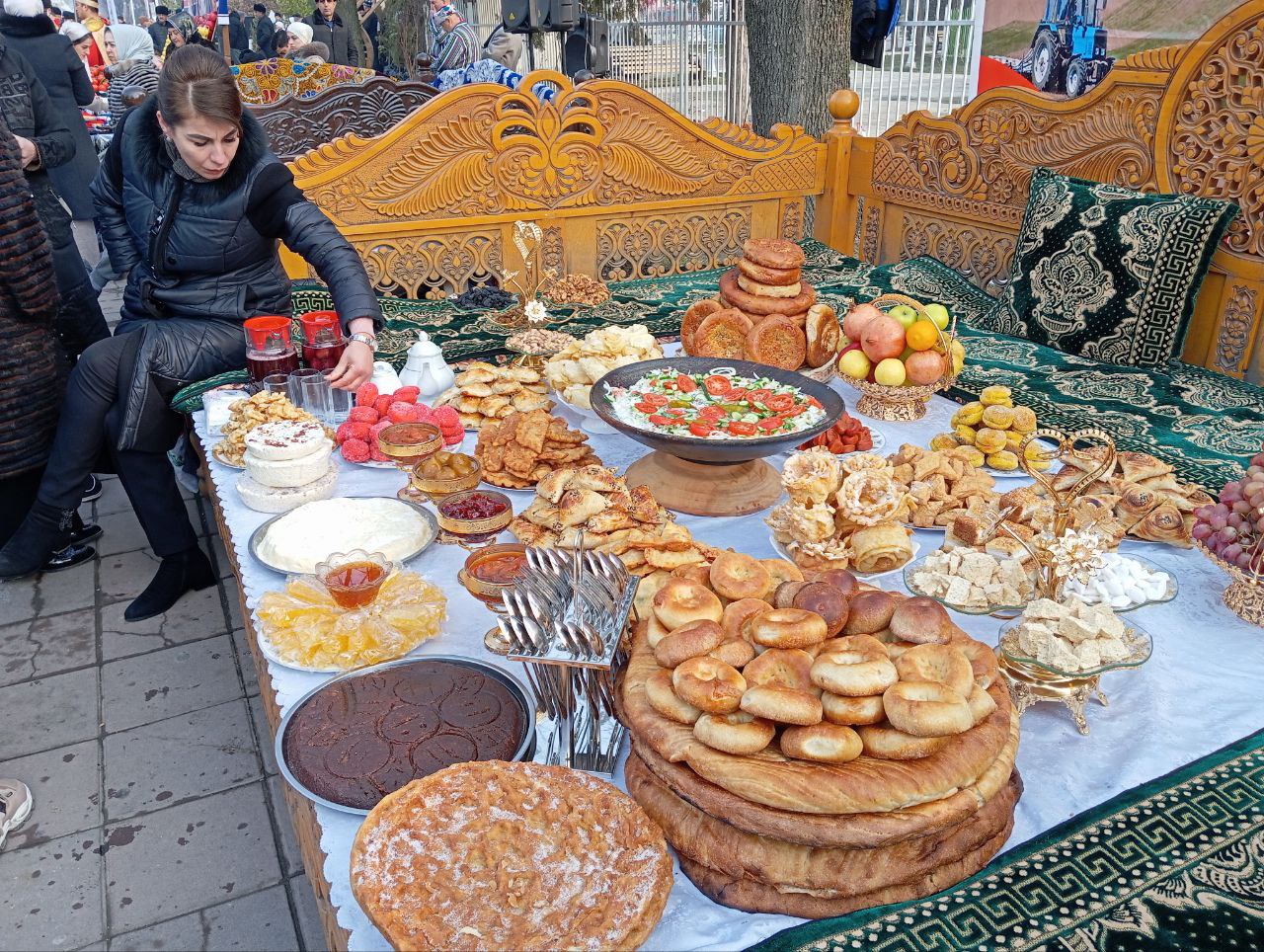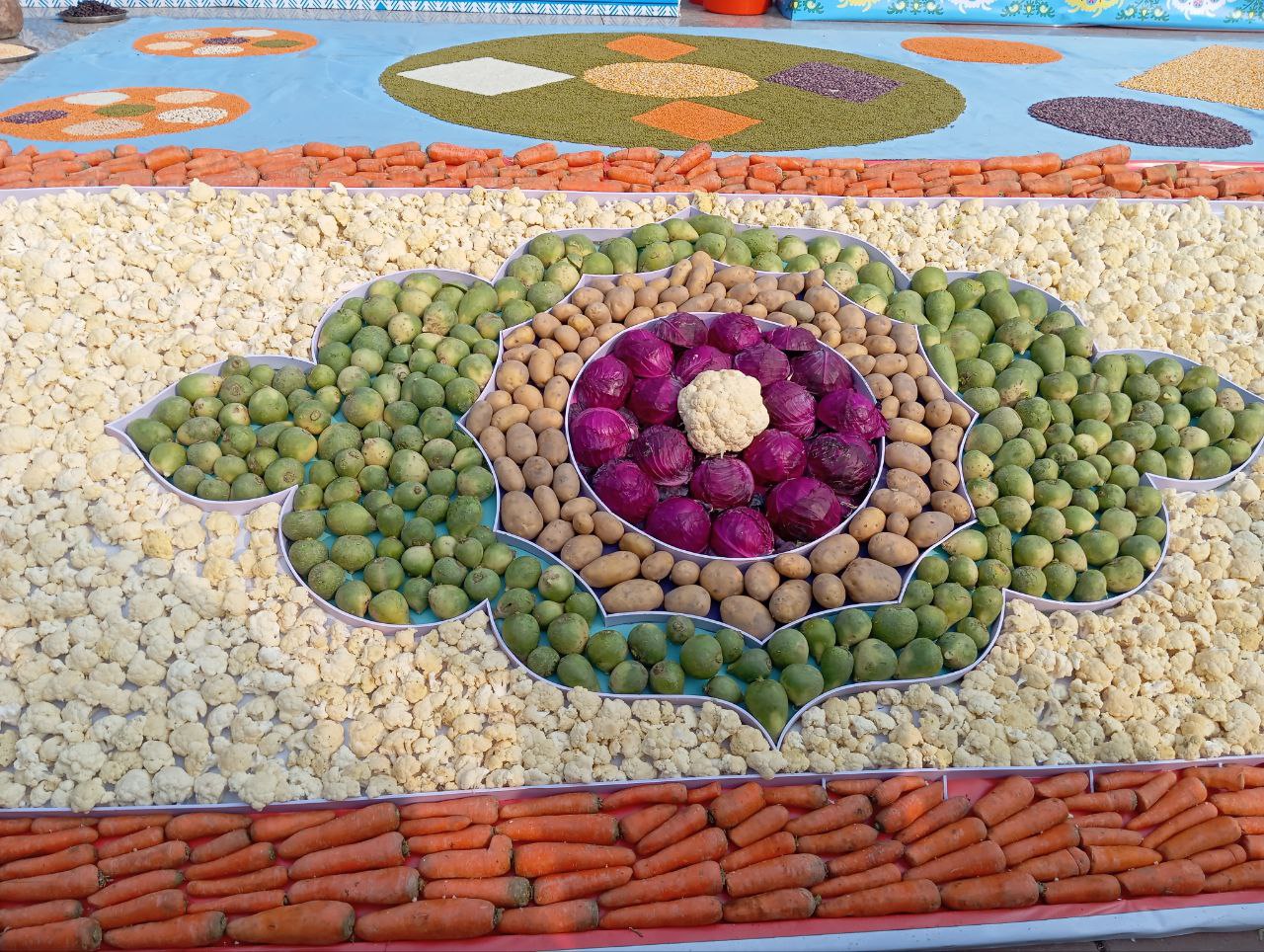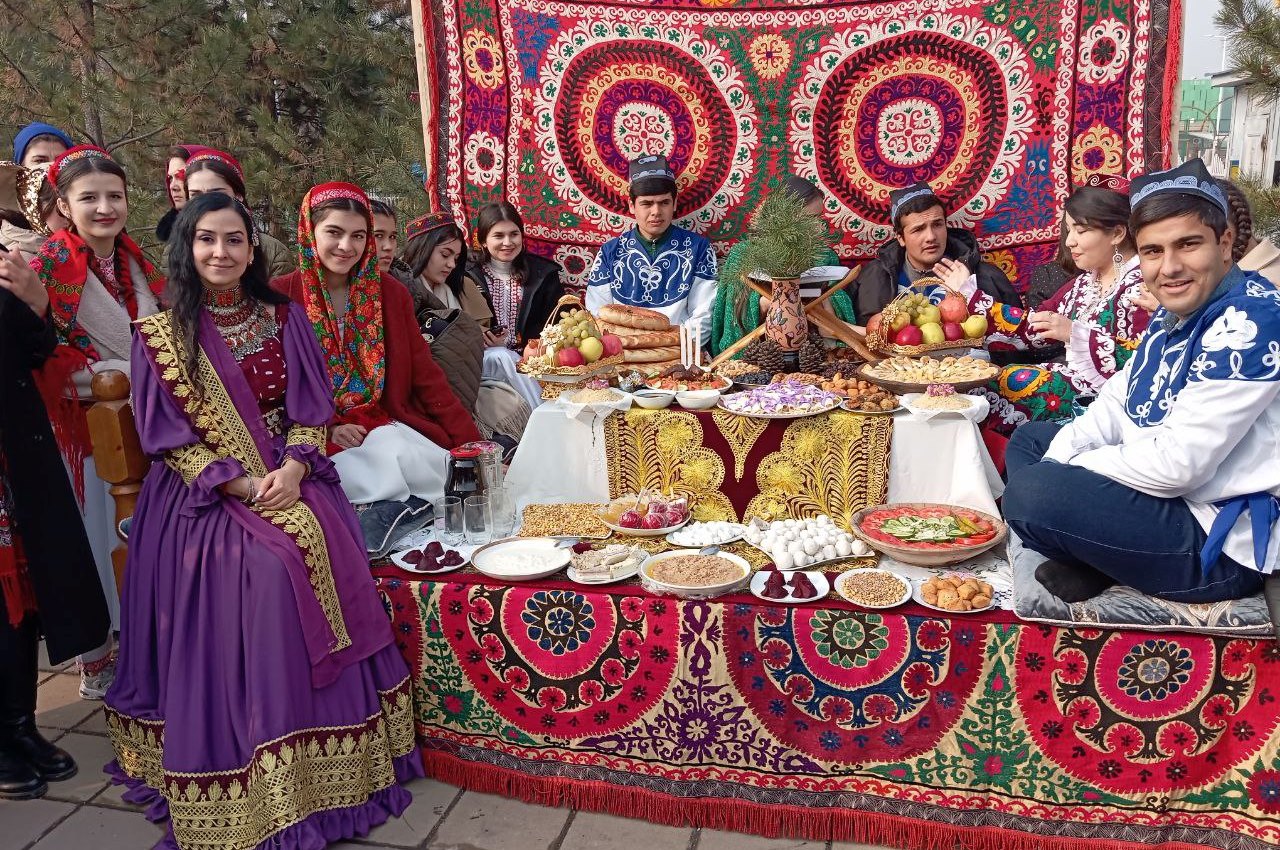This year, Sada festival was celebrated in Dushanbe on February. As usual, the main events dedicated to this festival took place in the Firdavsi Park (formerly Peoples’ Friendship Park).
Fairs of agricultural goods, handicrafts and agricultural machines were organized in Dushanbe on the occasion of the Sada festival.

The celebrations were organized by the Dushanbe mayor’s office and the ministries of culture and agriculture.
Craftsmen, artisans, beekeepers, and farmers from all corners of Tajikistan gathered in Dushanbe to celebrate Sada. The festival featured national jewelry and accessories, traditional headwear, clay and wooden handicrafts, various types of honey, vegetables, fruits, national dishes, baked goods, sweets, and much more.

Visitors also explored different varieties of saplings and elaborate displays made of vegetables, fruits, grains, and seeds, showcasing the agricultural richness of the country.
Tehran Times reports that this year, Zoroastrians worldwide, along with some Iranians deeply interested in their ancient traditions, gathered on January 29 to celebrate Sadeh, one of the oldest and most captivating traditions from ancient Persia.
Celebrated 50 days before the UNESCO-registered Nowruz, the Iranian New Year, and 40 days past the UNESCO-listed ancient festival of Yalda Night, the festival is widely believed to symbolize warmth, unity, and the triumph of light over darkness, Tehran Timeы says.
Recall, the United Nations Educational, Scientific and Cultural Organization (UNESCO) added the Sada (Sadeh in Persian) on the UNSECO’s List of the Intangible Cultural Heritage of Humanity in December last year of the festival was inscribed on the Representative List of the Intangible Cultural Heritage of Humanity in December last year. A joint dossier of the Islamic Republic of Iran and the Republic of Tajikistan was submitted during the 18th session of the Intergovernmental Committee for the Safeguarding of Intangible Cultural Heritage held in Kasane, Republic of Botswana.
Sada is an ancient Iranian festival that dates back to the first Persian Empire, Achaemenid Empire.
Sada in Tajik means “hundred” and refers to one hundred days and nights past the end of summer (or the beginning of long-winter known to start at the end of summer in ancient Iran). Sada is a mid-winter festival to honor fire and to defeat the forces of darkness, frost, and cold.
Sada is the third important festival of Iranians, which has been celebrated from ancient times until today. In the past, ancient Iranians had a special festival for each month of the year, and the Sada Festival, held on 10th of Bahman (January 30th), is one of the most significant festivals. Iranians believed that on this very day humans discovered fire which is a sign from God, the symbol of light energy and warmth, and also a weapon for battle against darkness and Ahriman (devil). Some historians believe that Sada was a religious ceremony, however historical evidence show that it was a national festival held by normal people.







